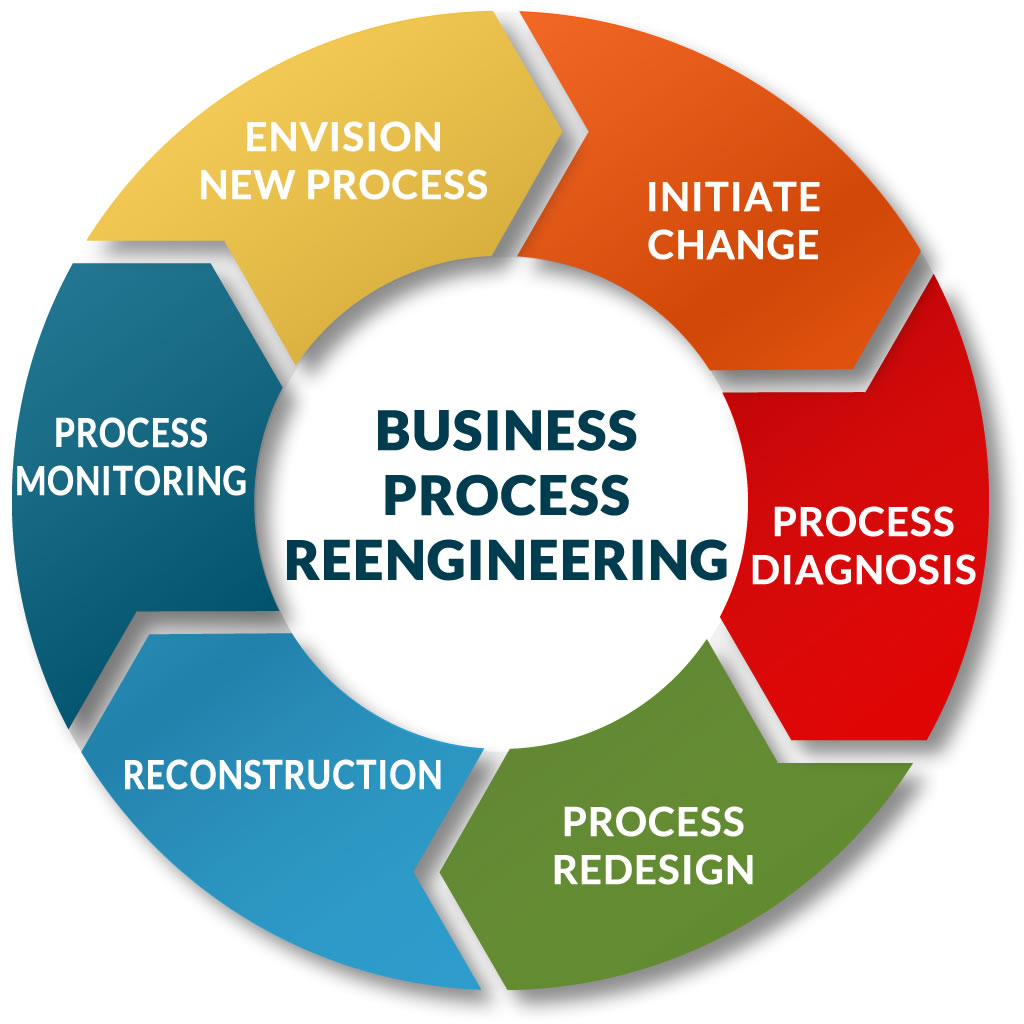Nuclear reactions represent one of the most fascinating phenomena in the realm of modern physics, underpinning not only the mechanisms of stellar energy production but also the intricacies of nuclear fission and fusion. Have you ever contemplated what initiates a nuclear reaction? Picture the complexity: at the heart of every nuclear event lies an interaction governed by the fundamental forces of nature, most notably the strong nuclear force and electromagnetic interactions. This exploration elucidates the multifaceted processes that catalyze nuclear reactions, while inviting you to reflect on the challenges of harnessing this profound power.
At its core, a nuclear reaction involves a rearrangement of subatomic particles, predominantly protons and neutrons, within atomic nuclei. The driving forces behind these transformations can be categorized into two principal types: fission and fusion. Fission, the process of splitting a heavy nucleus into two or more lighter nuclei, is emblematic of the energy released in nuclear bombs and some reactors. Conversely, fusion amalgamates light nuclei to form a heavier nucleus, a process that fuels the stars, including our own Sun. Each of these reactions operates under distinct conditions and pathways, giving rise to unique energy release mechanisms.
To delve into fission, consider the nucleus of uranium-235 or plutonium-239, both of which can be induced to undergo fission when bombarded by neutrons. When a neutron collides with the nucleus of a fissile atom, the nucleus becomes unstable, leading to its fragmentation. This instability is due to the delicate balance between the repulsive electromagnetic force (acting between positively charged protons) and the attractive strong nuclear force, which binds protons and neutrons in the nucleus. It is this nuanced interplay that can result in the emission of additional neutrons and a significant release of energy, primarily in the form of kinetic energy, as the resulting fragments recoil away from each other.
However, one must ponder: what constitutes the requisite conditions for such a reaction to cascade effectively? The phenomenon known as nuclear chain reaction is pivotal here. A single fission event may produce multiple free neutrons, each capable of inducing subsequent fission events in neighboring nuclei. The challenge arises in maintaining a critical mass, defined as the minimum amount of fissile material needed to sustain an ongoing chain reaction. Subcritical masses will quench the reaction, while supercritical masses may lead to explosive outcomes. Thus, meticulous design and control mechanisms are imperative in nuclear reactors to prevent catastrophic failures.
On the opposing front, the exploration of fusion prompts exhilarating questions about the potential for limitless energy. Fusion occurs at extraordinarily high temperatures—on the order of millions of degrees Celsius—where atomic nuclei possess sufficient kinetic energy to overcome the electrostatic repulsion between them. For example, the fusion of deuterium and tritium (isotopes of hydrogen) releases helium and energy, a process that occurs naturally in stars. The necessity of exceedingly high temperatures leads to the challenge of achieving and maintaining such environments, often necessitating containment methods like magnetic confinement in devices such as tokamaks or inertial confinement through laser-induced compression.
The convergence of theory and practice in experimental fusion research poses profound challenges. One must grapple with not only the technical difficulties of heating plasma but also the turbulent dynamics at play, including instabilities that can disrupt containment. As scientists endeavor to replicate the stellar conditions necessary for sustainable fusion, innovative approaches and materials are being developed to withstand extreme temperatures and pressures—each presenting a unique set of scientific and engineering hurdles.
Delving deeper into the fundamental forces that govern nuclear reactions reveals that coupling quantum mechanics with relativistic effects is essential for a comprehensive understanding. Quantum tunneling, for instance, allows particles to penetrate potential barriers, facilitating fusion even at lower energies than traditional models would suggest. Additionally, the role of neutrinos—essentially massless particles emitted during certain nuclear reactions—adds another layer of complexity in detection and interaction studies, challenging physicists to refine models and experiments continuously.
As we navigate the labyrinthine processes inducing nuclear reactions, it is imperative to consider the implications of these powerful phenomena. The potential for harnessing nuclear energy affects myriad sectors, from energy production to propulsion in space exploration. Yet, with such power comes great responsibility; the historical ramifications of nuclear technology serve as a poignant reminder of the ethical considerations entwined with wielding nuclear energy. Defensive measures, regulatory frameworks, and global cooperation are essential to mitigate the risks associated with nuclear proliferation.
In conclusion, the processes that instigate nuclear reactions are as intricate as they are awe-inspiring. The dual pathways of fission and fusion, governed by the forces of nature, exemplify the delicate balance of stability and transformation within atomic nuclei. As we stand on the precipice of scientific advancement, the challenges posed by these reactions invite contemplation. Can humanity effectively harness the phenomenal power of nuclear energy while simultaneously navigating its ethical landscapes? The answer remains a subject of ongoing exploration, prompting both curiosity and caution in equal measure.












